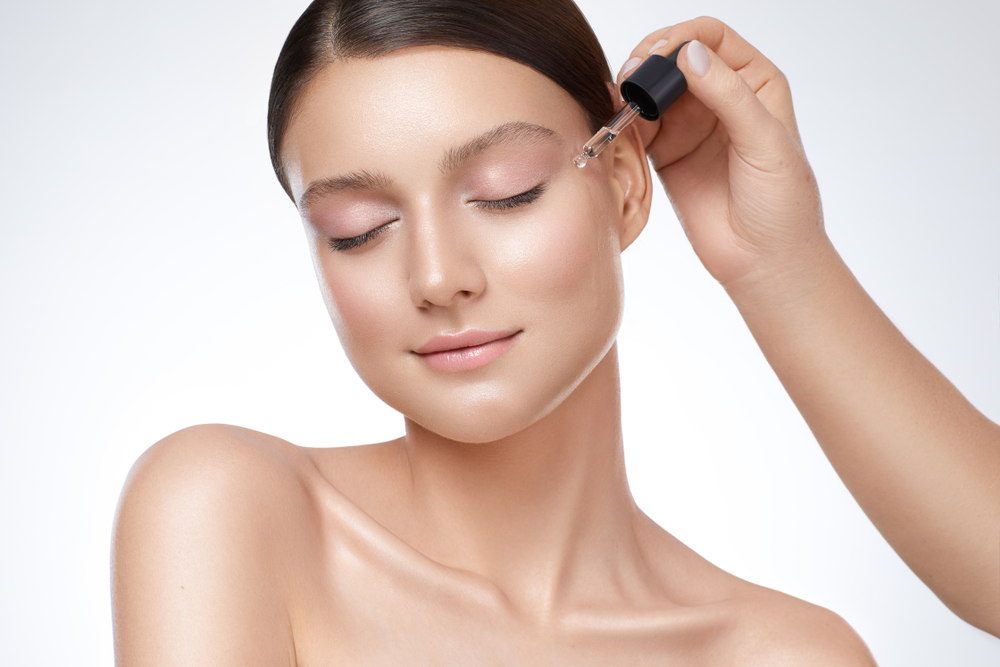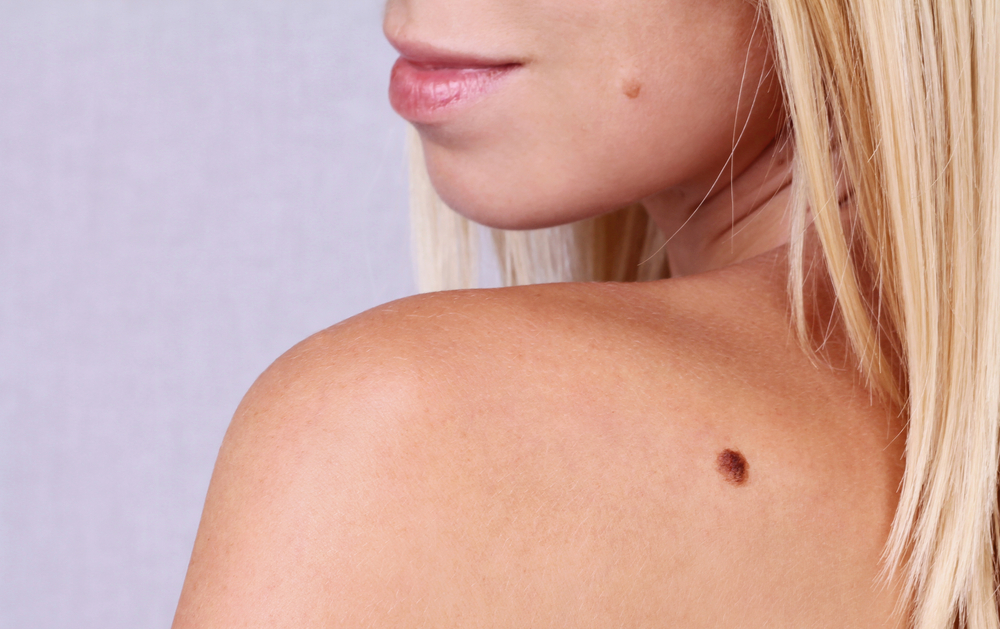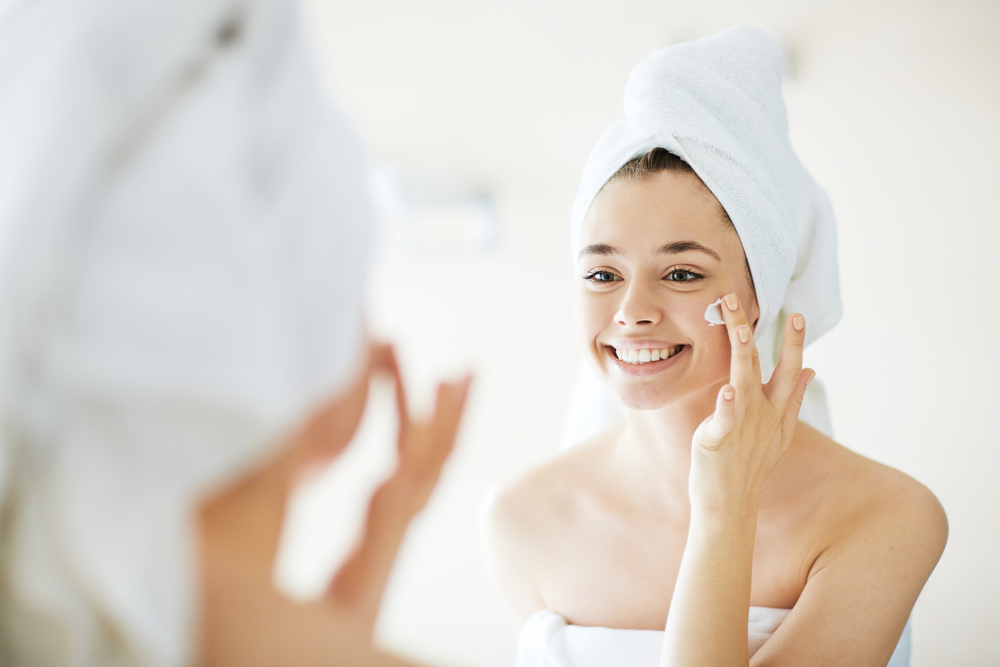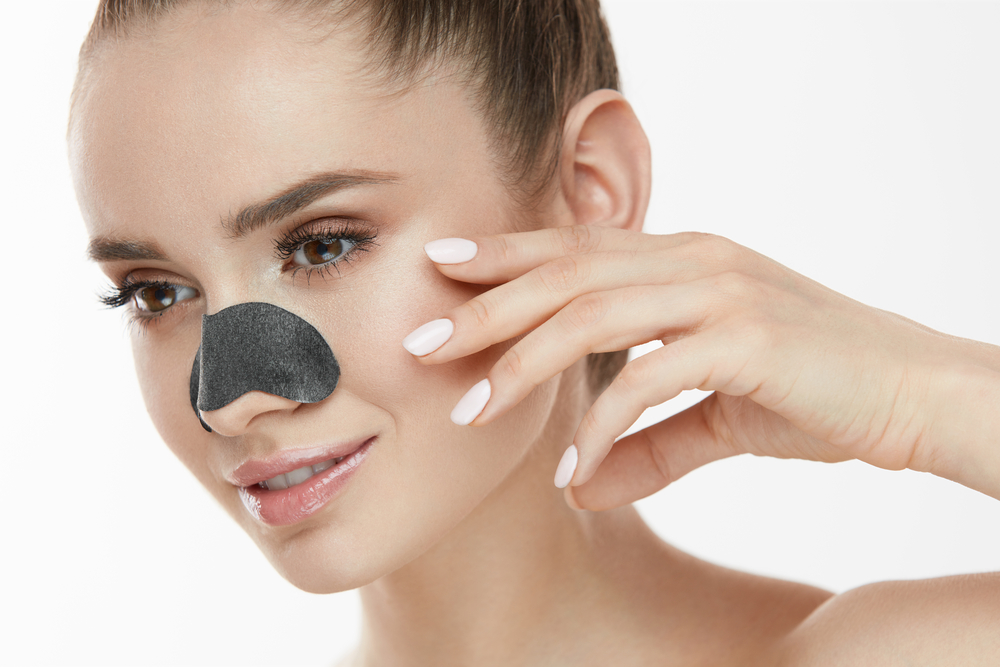- Lactic acid is a naturally occurring alpha hydroxy acid (AHA) that is milder than other AHAs
- Lactic acid peels exfoliate the outermost layers of skin and stimulate the production of collagen
- Both professional and at-home creams and exfoliants are available
Lactic acid is a naturally occurring acid in our skin that also happens to be found in milk. It is the active ingredient in lactic acid peels, a type of chemical peel.
Benefits of Lactic Acid for Your Skin
Lactic acid can be very beneficial to the skin. Treatments using lactic acid are popular due to their ability to brighten the skin, as well as treat discoloration, sensitive skin, dry or dehydrated skin, and rosacea.
Alpha Hydroxy Acids (AHAs)
Lactic acid is a type of alpha hydroxy acid (AHA), a class of chemical compounds found in products that help reduce wrinkles and lines and improve the overall look and feel of the skin. It is the least irritating of the AHAs used in skincare treatments and is known for its natural moisturizing effect.
AHAs, including lactic acid, are effective in the treatment of age spots, hyperpigmentation and other factors that lead to a dull or uneven skin appearance. An additional benefit of AHAs is reduced appearance of pores.
Lactic acid is the mildest of the AHAs used in skin treatments, making it a better option for people with sensitive skin.
Lactic Acid Peels
Lactic acid peels exfoliate the outer layers of the skin. Like other types of peels, lactic acid peels increase cell turnover and stimulate the production of collagen. Lactic acid also increases the amount of natural barrier lipids in the skin, which can have a hydrating effect.
Lactic acid peels are particularly effective in treating bumpy skin without causing or worsening dryness. They are often combined with small amounts of other AHAs for enhanced results.
Professional lactic acid peels
Like other types of professional chemical peels, professional lactic acid peels are stronger than their at-home counterparts, and therefore offer more dramatic results. The effects also last longer than over-the counter (OTC) peels, so you don’t have to use them as often.
You might consider getting a lactic acid peel from your dermatologist or skincare specialist if you aren’t seeing results from OTC versions but don’t want to use a stronger AHA.
At-Home Lactic Acid Peels
If you’d like to try an at-home lactic acid peel before seeking out the services of a professional, there are numerous options. Here are a few popular at-home products:
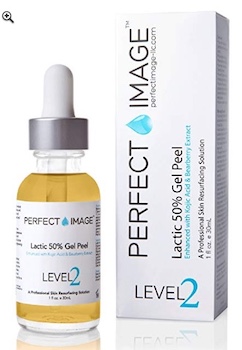
Lactic Acid 50% Gel Peel 1 oz – Enhanced with Kojic Acid & Bearberry Extract
This product is professionally formulated to even out skin tone and lighten pigmentation by blocking an enzyme that causes excess production of melanin.Pros
- Stimulates production of collagen and increases the rate of cell turnover to encourage a bright and even skin texture
- Enhances hydration
- Stimulates development of new elastin fibroblasts
- Kojic Acid ingredient helps to reduce age spots, hyperpigmentation, freckles and stretch marks while eliminating acne
Cons
- Not suitable for those uninterested in lightening skin
- Not for beginners – lighter peels should be used first before trying this product
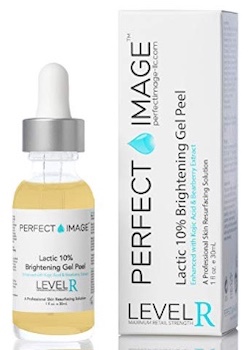
Lactic 10% Brightening Gel Peel (Daily-Use) – Enhanced with Kojic Acid & Bearberry Extract
This product removes the outermost layer of skin, reduces excess oil, and unclogs pores.Pros
- Effective for treatment of uneven skin tone, blackheads, sun spots, whiteheads, acne scars and large pores
- Comes in several strengths
Cons
- May cause mild stinging or sunburn sensation
- Can cause flaking several days after treatment
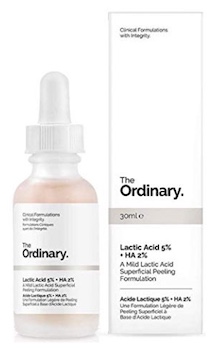
The Ordinary Lactic Acid 5% + Ha 2% 30ml – A Mild Lactic Acid Superficial Peeling Formulation
This is a mild lactic acid treatment meant for superficial peeling and associated skin benefits.Pros
- Reduces signs of sensitivity and inflammation that often accompany exfoliation
- Resurfaces skin to encourage even, bright tone and soft, smooth texture
Cons
- Not suitable for those in need of heavy exfoliation
- Not suitable for skin that is sensitive, peeling or significantly damaged
Lactic Acid Peel Side Effects and Aftercare
Although lactic acid is milder than other AHAs, the peeling it causes makes the skin more susceptible to sun damage; as a result, it is important to wear sunscreen following a lactic acid peel.
Lactic acid peels can also cause rashes, itchiness and other irritation. These effects are typically mild and dissipate as the skin acclimates to the product.
People who suffer from eczema, rosacea, or psoriasis should not use lactic acid peels. Also, those with darker skin should speak with their primary care provider or dermatologist before deciding to have a lactic acid peel, as this treatment can cause hyperpigmentation in darker skin.
Lactic acid peel burn
It is normal to experience a temporary burning sensation or other skin irritation (tingling, itching, dryness, redness or tightness) following any chemical peel, including a lactic acid peel. This is more common with medium to deep peels than with light peels.
Is it safe during pregnancy?
Due to its mild composition and the fact that it is naturally occurring, lactic acid may be safer for pregnant women than other AHAs. However, if you are pregnant it is important that you speak with your doctor/dermatologist about safety before deciding to move forward with any chemical peel, including a lactic acid peel.
Lactic Acid Peel Reviews
Due to their effectiveness and mild composition, lactic acid peels generally have a good reputation among dermatologists and other skincare professionals.
Patients like lactic acid peels because they are far less invasive than plastic surgery alternatives and milder than other AHA peels. Plus, they can be performed in just a few hours.
Lactic Acid Skincare Products
Lactic acid skincare products exfoliate the skin, sloughing off dead cells for a brighter complexion and softer, smoother skin. Both creams and exfoliants are available.
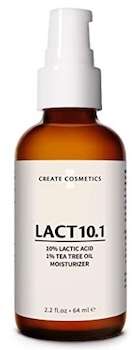
LACT10 10% Lactic Acid AHA pH 3.5 Exfoliating Moisturizer Cream
Comprised of organic plant-based ingredients, this product is meant to treat skin that is prone to blemishes and acne.Pros
- Moisturizes the skin
- Improves appearance of skin
- No parabens, fragrance, animal products or animal testing
- Stimulates collagen production
Cons
- May increase skin’s sensitivity to sun
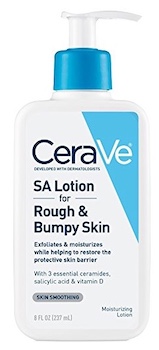
CeraVe SA Lotion for Rough & Bumpy Skin | 8 Ounce | Vitamin D, Hyaluronic Acid, Salicylic Acid & Lactic Acid Lotion | Fragrance Free
CeraVe Renewing SA Lotion is a lightweight formula that moisturizes, exfoliates, and helps to restore the protective skin barrier.Pros
- Exfoliates and softens the skin
- Smoothens rough skin
- Helps restore the protective skin barrier
- No fragrances or dyes
- Hypoallergenic and non-comedogenic
Cons
- Not for all skin types – Intended primarily for skin that is extremely rough, dry, bumpy and/or psoriasis-prone
Exfoliants
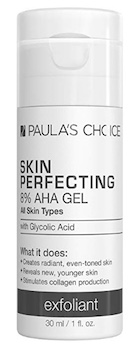
Paula’s Choice-SKIN PERFECTING 8% AHA Gel Exfoliant-with Glycolic Acid Soothing Chamomile and Green Tea, 1 Ounce Travel Size
This product is a non-abrasive exfoliant that sheds dead skin layers, provides lasting hydration and improves the skin’s texture.Pros
- Reduces appearance of wrinkles
- Rejuvenates the skin’s surface
- Hydrates the skin
- Makes skin appear firmer
Cons
- None
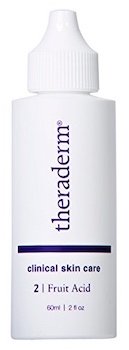
Theraderm – Fruit Acid Exfoliant (10% Lactic Acid) 2 fl oz.
This 10% Lactic Acid formulation exfoliates the skin and helps minimize the appearance of pores.Pros
- Helps reduce uneven skin tone
- Helps to improve absorption of other skin products
Cons
- According to manufacturer, must be used in tandem with Theraderm Gentle Action Application Pads for best results
Other Skincare Uses of Lactic Acid
Skin hyperpigmentation
Because lactic acid can penetrate deep into the skin, it is also considered an effective and safe treatment against skin discoloration conditions, such as melasma or sun spots (otherwise known as age spots).
Skin tags
However, it cannot treat every skin problem. For example, lactic acid is not effective for skin tag removal. If you have a skin tag, your doctor will likely recommend snipping, freezing or burning it instead.
Takeaway
Dermatologists and skin care professionals are fond of lactic acid’s mild composition, quick cell turnover and ability to trigger the skin’s renewal process.
Professional lactic acid peels can offer superior results that last longer than at-home peels, so treatment does not need to be performed as often.
However, for patients interested in an even milder effect, at-home lactic acid peels may be a better option as they are formulated for non-professional use.
Selecting a Provider
To learn more, seek out a board-certified dermatologist or other specialist with experience administering lactic acid peels and other chemical peels.
Also be sure to view before-and-after photos of patients with skin similar to yours, as well as reviews from patients that have had chemical peels.
Connect with our medical review team to know more about lactic acid’s skin benefits and to try it for your skin issues.





